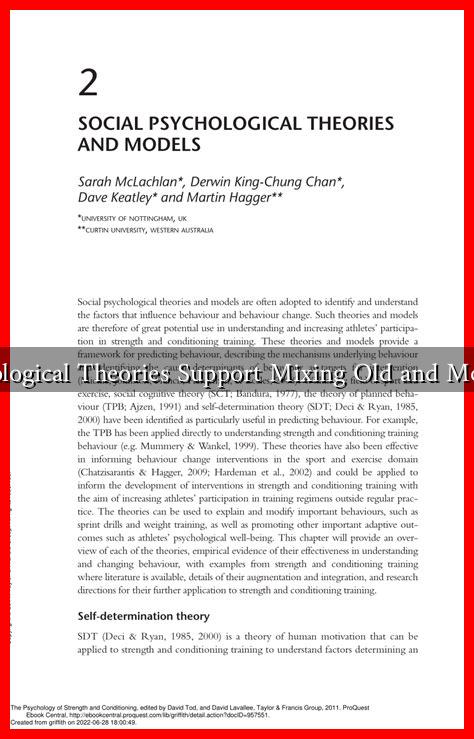-
Table of Contents
What Psychological Theories Support Mixing Old and Modern Styles?
The blending of old and modern styles in various fields—be it fashion, architecture, or art—has become increasingly popular. This trend is not merely a matter of aesthetics; it is deeply rooted in psychological theories that explain why individuals are drawn to this fusion. In this article, we will explore several psychological theories that support the mixing of old and modern styles, providing insights into human behavior and preferences.
The Nostalgia Effect
Nostalgia is a powerful emotion that can influence our preferences and choices. The Nostalgia Effect, as described by researchers like Batcho (1995), suggests that individuals often feel a longing for the past, which can enhance their appreciation for vintage styles. This emotional connection can be harnessed in various ways:
- Fashion: Many fashion designers incorporate vintage elements into their collections, appealing to consumers’ nostalgic feelings. For instance, brands like Gucci and Prada often reference styles from the 70s and 80s.
- Architecture: The trend of retrofitting old buildings with modern amenities allows for a blend of historical significance and contemporary comfort, as seen in projects like the High Line in New York City.
According to a study published in the journal *Psychology and Marketing*, nostalgia can enhance consumer preferences, making them more likely to purchase products that evoke fond memories of the past. This emotional resonance is a key driver behind the popularity of mixed styles.
Cognitive Dissonance Theory
Cognitive Dissonance Theory, proposed by Leon Festinger in 1957, posits that individuals experience discomfort when holding conflicting beliefs or attitudes. When it comes to style, mixing old and modern elements can resolve this dissonance by allowing individuals to express multiple facets of their identity. Here’s how:
- Personal Identity: Many people identify with both traditional and contemporary values. By mixing styles, they can showcase their multifaceted identities.
- Social Acceptance: In a world where trends are constantly changing, blending styles can help individuals feel more accepted in diverse social circles.
For example, a young professional might wear a vintage blazer with modern jeans, signaling both a respect for tradition and an embrace of contemporary fashion. This blend can alleviate the discomfort of choosing one style over another.
Social Identity Theory
Social Identity Theory, developed by Henri Tajfel and John Turner, emphasizes the role of group membership in shaping individual behavior and preferences. Mixing old and modern styles can serve as a means of expressing one’s social identity. Here’s how:
- Subcultures: Many subcultures, such as steampunk or retro enthusiasts, thrive on the fusion of old and new styles, creating a unique identity that sets them apart.
- Community Building: By adopting mixed styles, individuals can connect with others who share similar tastes, fostering a sense of belonging.
For instance, the rise of vintage markets and retro-themed events highlights how communities come together to celebrate a shared appreciation for mixed styles, reinforcing social bonds.
Case Studies and Examples
Several successful brands and movements illustrate the psychological theories discussed above:
- Apple: The design of Apple products often combines sleek modern aesthetics with retro elements, appealing to both nostalgia and contemporary tastes.
- Urban Outfitters: This retail brand effectively mixes vintage clothing with modern trends, attracting a diverse customer base that values both styles.
Statistics also support the trend; a survey by the National Retail Federation found that 60% of consumers prefer brands that incorporate vintage elements into their products, highlighting the effectiveness of nostalgia in marketing.
Conclusion
The blending of old and modern styles is not just a passing trend; it is supported by various psychological theories that explain our preferences and behaviors. From the Nostalgia Effect to Cognitive Dissonance and Social Identity Theory, these frameworks provide valuable insights into why individuals are drawn to mixed styles. As we continue to navigate a rapidly changing world, the fusion of old and new will likely remain a significant aspect of our cultural landscape, allowing us to express our identities and connect with others in meaningful ways.
For further reading on the psychological aspects of style and consumer behavior, you can explore resources from the American Psychological Association at www.apa.org.




